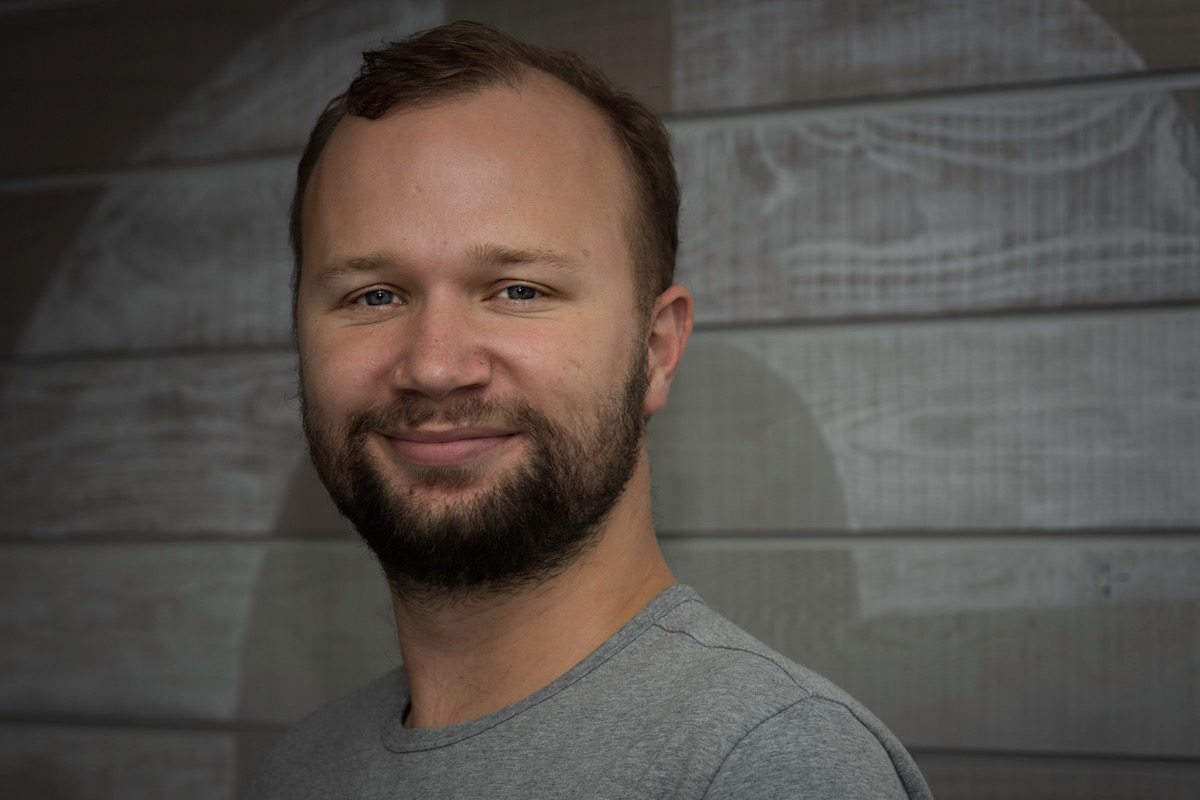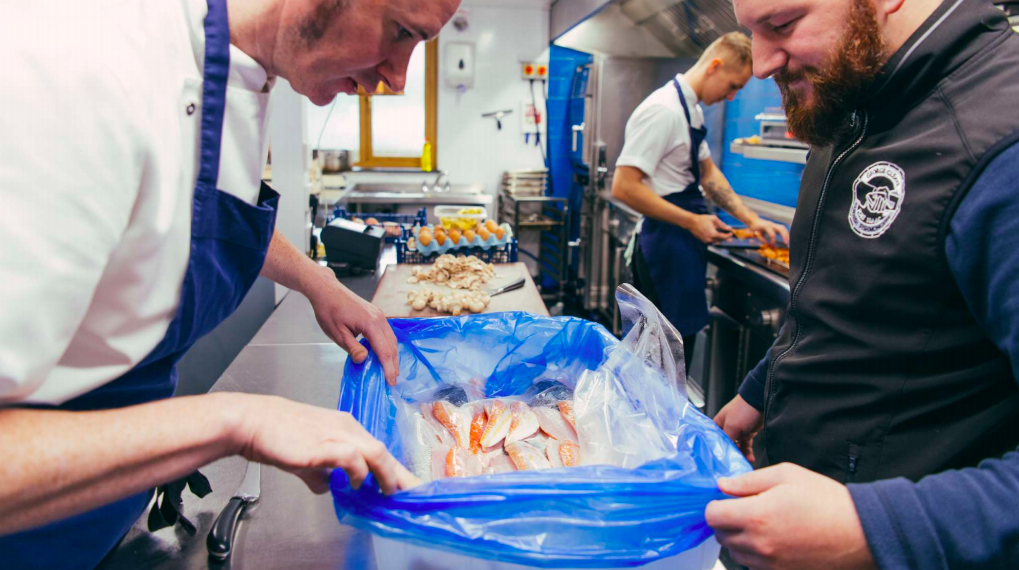Give content your best shot – how to use images to strengthen your marketing

It’s not like customers are out there waiting for our content is it? Looking for our newsletters, tweets or blogs? Quite the opposite. People are busy. To get our content in front of them, we have to basically interrupt them doing something else. We have to fight for attention.
Pictures help us get attention
This is what sent me on a road trip to last month – a professional photographer by my side – to help our content fight a little bit harder. Specifically, making the images in our content work a little bit harder.
In this blog I share why we’ve invested in building our own bank of original photos. And a few tips on how we went about it, in case you want to do the same.
Let’s start with asking, why all the fuss about images…?
Images that reach the parts that other content can’t
Pictures are a great way of communicating a lot in a short space of time. Research shows the human brain processes images 60,000 times faster than it does text and that 90 per cent of information transmitted to the brain is visual. A picture really does paint a thousand words.
Images make content more successful
If you’re part of the Insta-generation you won’t need me to tell you this, but we are now, by and large, an image-obsessed culture. Astonishing fact: ten per cent of all the photos ever taken by humans were taken in the last 12 months. Here are a few more proof points that suggest images are becoming the new global language:
- Articles with images get 94 per cent more total views
- Including a photo and a video in a press release increases views by over 45 per cent
- Sixty per cent of consumers are more likely to contact a business when a good image shows up in local search results
- Facebook posts with photos get a 37 per cent higher level of engagement than text
So that’s why we always include at least one photo in most of our brochures, articles, case studies social posts and monthly newsletters.
But any old image won’t do
As we’ve ramped up our mission in recent months we’ve also increased the volume and frequency of our content output. In the face of a relentless publishing schedule, we’d become over-reliant on recycling the same set of images and overuse of stock photos. Using stock image libraries is an easy way to get professional pics, but a bit lazy.
What’s wrong with stock photos?
Stock photos are everywhere. Have you seen the same generic images popping up time and again? Particularly in the business world: a few professional-looking, vaguely handsome, happy people standing around a laptop or a white board? I don’t know about you but our office doesn’t look much like that. The problem with stock photos is that they are impersonal and anonymous. An image should help you differentiate yourself, not blend in with bland.
Use photos to help you tell your brand story
Take Be the Business. We’re all about capturing tips, advice and success stories from businesses and sharing them with other businesses. We make sure our content is peer-fuelled and addresses real-life struggles and issues that SMEs are facing. To help us tell that brand story we need our photos to be of real businesses doing real things. I think most businesses would do well to reflect their customers’ faces in their content.
Does a smartphone make you a photographer?
Being authentic does not mean looking amateurish. Good self-taken pictures, and even selfies, are great for certain business outputs. But if you want versatile images you can use across a range of sizes, platforms and formats, you’ll need to put some thought behind your snaps. Like easily-created content, easily-created photos aren’t always the best. After all, a camera is just a tool, and it depends on the skill of the person using it.

My top tips for building a useful photo library
- Decide how you’re going to use your photos: Creating a new bank of photos was a big investment of time, money and effort for us. We made sure that we’d brought in all our colleagues into the procurement process: asking them how they might use the pics, what kind of shots they’d find most useful, explaining how they can benefit. This means that our photos won’t be sitting on the shelf
- Plan it carefully to make the most of your budget: We wanted photos of small hospitality businesses in Cornwall (we run networking events there). The logistics were complex: inviting businesses to be involved, co-ordinating schedules, organising our travel, getting GDPR permissions. But the trip itself went smoothly because we’d planned it so carefully
- Find the right pro for your content project: We shortlisted five photographers and invited them in to show us their work and discuss our brief. We chose the one who had a relevant portfolio, offered most flexibility and came up with ideas we hadn’t thought of. He wasn’t the cheapest, but he was the best value for money
- Don’t just commission a photographer, go with them: When we briefed our photographer, we had a pretty good idea of the kind of images we were looking for, but we shaped most of it as we went along. It was a collaborative process that called on pro skills behind the camera and our input behind the scenes
- Collect stories while you collect pictures: We already knew the businesses we were photographing, but we knew them a lot better afterwards. They were excited and proud to show off their skills and their work. I enjoyed my Cornish fish and chips so much more one evening because I’d been behind the scenes with the kitchen team all day
- Think of it as customer engagement: If you’re taking pictures of customers for case studies for example, use it as a chance to deepen your relationship. We offered all the businesses we shot copies of their photos to use in their own publicity materials. We also had a lot of fun with them while we were working together
- Decide how you’re going to store your photos: There’s not much point in creating hundreds of great images if they’re not accessible to the people, partners or agencies who will need to use them. We took hours to go through and tag all our pictures to make them easily searchable by people looking for a particular type of shot.
So take a look at some of the photos we got from our road trip. Even if your team isn’t serving customers in a chippy or planning daily menus with your chefs, you’ll hopefully see something universal, human and relatable in the shots. We like how they represent the hard-working and humour-filled businesses we talk to every day.
About Hunter
Hunter Ruthven is head of content at Be the Business and has a background in business journalism. When he’s not eating fish and chips, he spends his time talking to leaders about their challenges and ambitions. His mission is to find interesting stories and practical tips he can share to help other UK businesses.